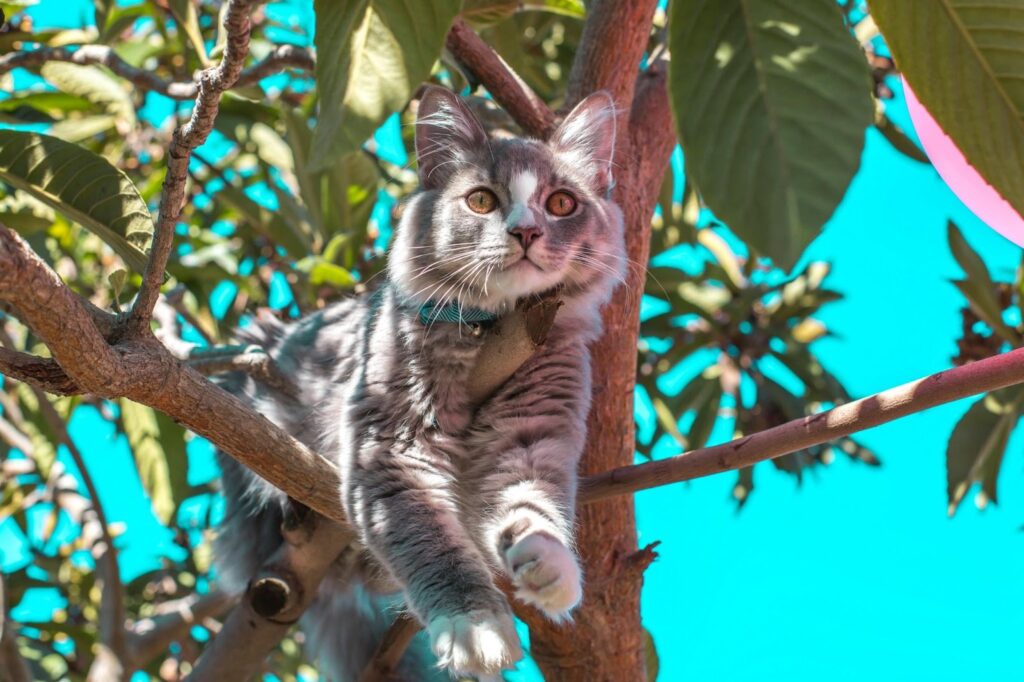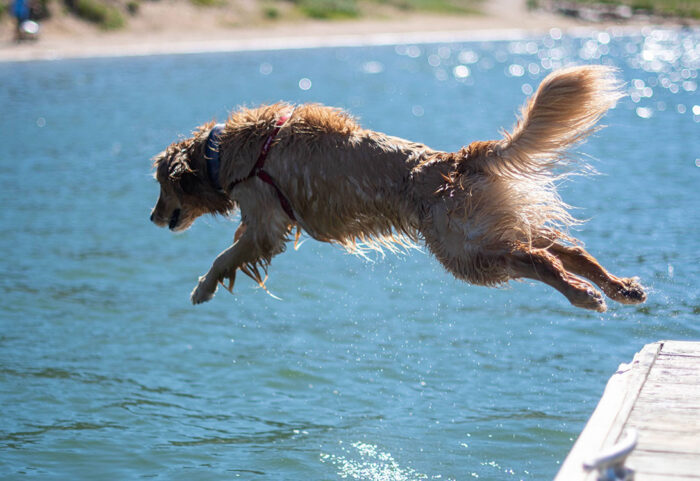First Aid for Cats After a Fall
Cats are natural climbers—curious, agile, and fearless explorers. They’re known to scale fences, ascend trees, and perch on top of kitchen cabinets. And while cats are famous for landing on their feet, that doesn’t mean they’re immune to injury.
Falls from windows, balconies, or tall furniture can cause serious trauma, especially if your cat lands awkwardly or is startled mid-air. Here’s what veterinarians recommend you do in the first two hours after your cat falls—a critical window for ensuring their safety.
0-30 minutes: Check for Emergencies
If you’ve just witnessed your cat fall from a height, stay calm but act fast.
1. Check consciousness and breathing.
If your cat is unconscious or not responding, get to an emergency vet immediately. Even short falls can cause head trauma, internal bleeding, or spinal injury.
- Gently check for a heartbeat by placing your fingers on the chest.
- If you can’t detect one, perform feline CPR (if trained) while another adult drives to the nearest vet clinic.
- Signs of shock—such as pale gums, weak pulse, or rapid breathing—also require immediate veterinary attention.
2. Watch for signs of head injury.
Even if your cat is awake, trauma may still be present. Warning signs include:
- Seizures or disorientation
- Abnormal eye movement or unequal pupils
- Bleeding from the nose or ears
- Sudden behavior changes
If you notice any of these symptoms, call your vet or emergency clinic right away.
3. Handle with care if spinal injury is suspected.
If your cat seems paralyzed, weak, or unable to move its back legs, a spinal injury could be to blame. Avoid jostling your cat—movement can worsen damage. Contact your nearest emergency veterinarian for guidance on safely transporting your cat, ideally using a flat, stiff surface as a makeshift stretcher.

30 Minutes–1 Hour: Look for Visible Injuries
Once your cat is stable and responsive, it’s time to check for physical signs of trauma.
1. Check for limping or pain.
If your cat is limping, reluctant to walk, or crying out, gently examine for pain points or swelling. Avoid over-handling; it’s best to let your vet assess for possible fractures, sprains, or soft-tissue injuries.
2. Check for bleeding or wounds.
Look closely around the nose, mouth, paws, and belly. Common fall-related injuries include:
- Scrapes or abrasions on the face or body
- Bleeding from the nose or mouth (possible sign of internal trauma)
- Cuts or puncture wounds if your cat landed on sharp objects
If bleeding doesn’t stop within a few minutes or worsens, go to an emergency vet. Even minor wounds can hide deeper damage.
1–2 Hours: Monitor for Subtle or Delayed Symptoms
If your cat fell but seems fine, don’t relax just yet. Some injuries—especially internal bleeding, chest trauma, or bruised organs—may take hours to show.
Keep a close eye on your cat for the rest of the day and watch for these delayed warning signs:
- Lethargy or sudden quietness
- Loss of appetite or hiding behavior
- Labored breathing or coughing
- Limping or stiffness
- Pale gums or drooling
Cats are experts at hiding pain, so even subtle behavior changes can signal a problem. If you notice anything unusual, schedule a vet checkup or call your local emergency animal hospital. It’s always better to be safe than sorry. Having your cat evaluated gives you peace of mind and ensures any hidden injury is caught early.
When to Call a Veterinarian Immediately
Seek emergency veterinary care if your cat:
- Fell from a second-story window or higher
- Shows difficulty breathing, bleeding, or vomiting
- Is unable to stand or walk normally
- Has unequal pupils, head tilt, or seizure activity
- Appears weak, cold, or in shock
Prompt treatment can make all the difference in recovery.
Stay Updated on Regenerative Medicine for Pets
Subscribe to Gallant’s newsletter to learn about the latest research in stem cell therapy, regenerative medicine, and breakthrough treatments that may help pets restore health at the source.


